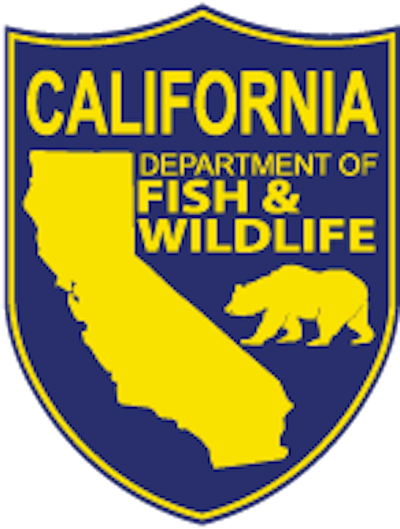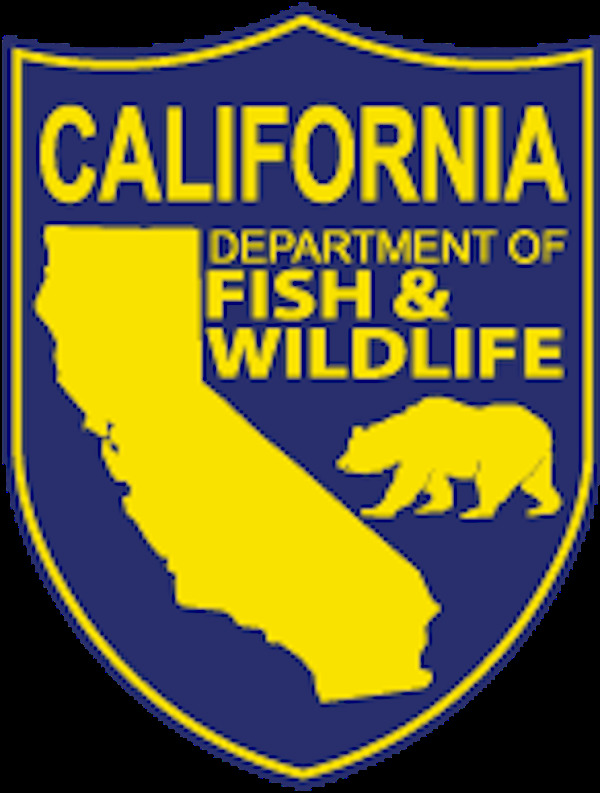Fish Report for 6-30-2020
Bacterial Outbreak at CDFW Hatcheries Temporarily Halts Fish Stocking in Southern California

by California Department of Fish & Wildlife
6-30-2020
Website
Several California Department of Fish and Wildlife (CDFW) fish hatchery facilities in the eastern Sierra and Southern California are battling a bacterial outbreak that has the potential to cause significant losses to both hatchery and wild fish populations. The outbreak of Lactococcus garvieae, which is similar to streptococcus, has sickened fish at the Mojave River Hatchery and has been detected at both the Black Rock and Fish Springs hatcheries. A fourth CDFW hatchery, Hot Creek Hatchery, was originally quarantined out of caution but after testing that quarantine has been lifted.
The L. garvieae bacteria has never before been detected in fish in California, and CDFW must take a cautious and careful approach to ensure the protection of the state’s aquatic resources – fish, hatchery facilities and public waterways. Infected fish can show symptoms including bulging eyes, lethargic or erratic swimming and increased mortality, or be asymptomatic and show no signs of infection depending on a several factors including water temperature and stress. Fish-to-human transmission of this bacteria is rare and unlikely.
Fish stocking has temporarily been halted from the facilities under quarantine while hatchery staff treats the affected fish populations and takes measures to prevent the spread of the bacteria. Planting will resume when fish have recovered from the infections and fisheries pathologists have determined that they no longer present a threat to the environment.
“This is a challenge for our hatcheries because the bacteria is previously unknown in California, and we don’t have tried-and-true strategies on hand to combat it,” said Jay Rowan, environmental program manager for CDFW’s Hatchery Production and Fish Health Laboratory. “A successful approach will have three components: Treating the affected fish at the hatcheries, finding the origin of the outbreak, and planning ahead to contain and prevent the spread of the bacteria. Unfortunately, we may be in for a long battle here, which means there will not be a lot of fish plants in the near future in the eastern Sierra and Southern California. I wish we could give anglers a target date for when we think we can start planting again, but it’s all up to how fast and how well the fish respond to the treatments.”
Current treatment measures at the hatcheries include keeping water temperatures low, reducing stress due to crowding and other factors, introducing antibiotic medication and special diet in order to assist the fish in fighting off the infection. CDFW is currently investigating the source of the outbreak. For additional information, please see CDFW’s frequently asked questions about the L. garvieae outbreak.
< Previous Report Next Report >
< Previous Report Next Report >
More Reports

6-26-2020
Emergency fishing regulations for the spring Chinook salmon fishery in the Klamath River Basin have been extended and fall Chinook...... Read More

6-24-2020
Hatcheries operated by the California Department of Fish and Wildlife (CDFW) in the Central Valley just completed the final release...... Read More

Website Hosting and Design provided by TECK.net